We all love natural beauty products, but keeping them fresh can be a challenge. Without harsh preservatives, organic cosmetics often have shorter lifespans than their conventional counterparts. But don’t worry – there are plenty of ways to extend their shelf life and get the most out of your favorite eco-friendly items.
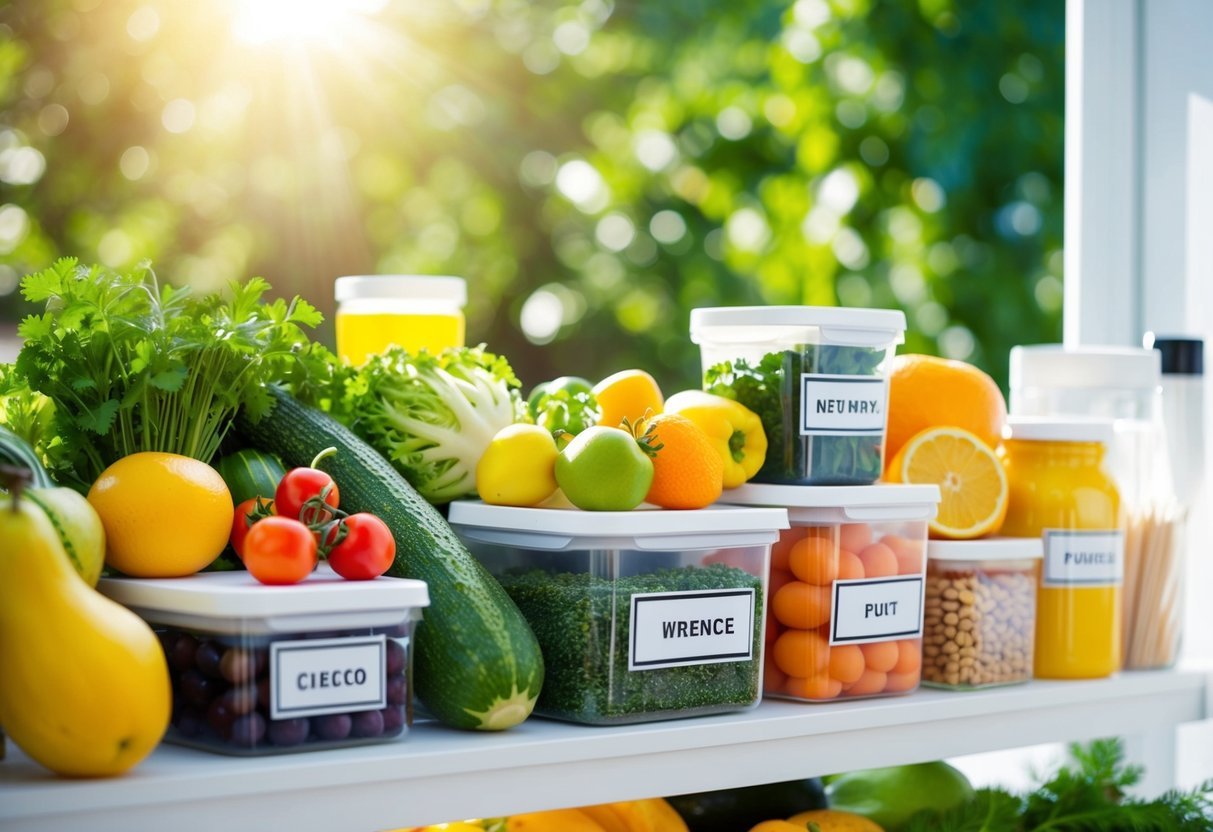
By following a few simple tips, we can significantly prolong the usability of our natural skincare and makeup products. From proper storage techniques to smart application methods, these easy strategies will help us avoid waste and enjoy our pure beauty essentials for longer.
Let’s explore some practical ways to maximize the longevity of our organic beauty staples.
1) Store in Cool, Dry Place
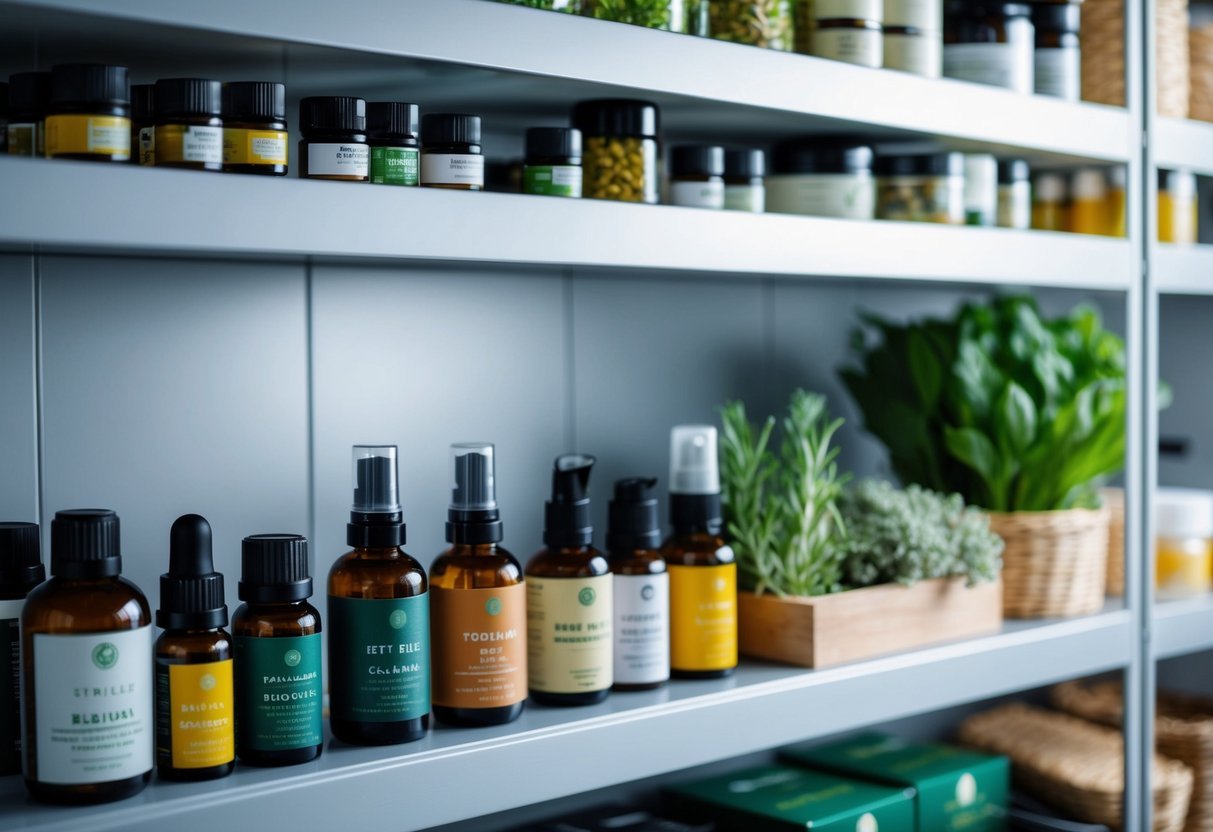
We all love our natural beauty products, but keeping them fresh can be tricky. The first rule of thumb? Find a cool, dry spot to stash them away.
Aim for a temperature between 68°F and 77°F. This sweet spot helps preserve those delicate organic ingredients we adore. Too much heat can break down active components and spoil our precious potions.
Humidity is another sneaky culprit. We want to keep moisture at bay to prevent bacterial growth. A humidity level between 30% and 60% is ideal for most of our eco-friendly goodies.
So where should we put our products? A cabinet or pantry away from direct sunlight works wonders. Avoid storing them in the bathroom, as the steamy environment can be too much for some formulas.
For extra-sensitive items like vitamin C serums or probiotics, the fridge might be your best bet. Just remember to check the label first – not all products play nice with cold temperatures.
2) Use Airtight Containers
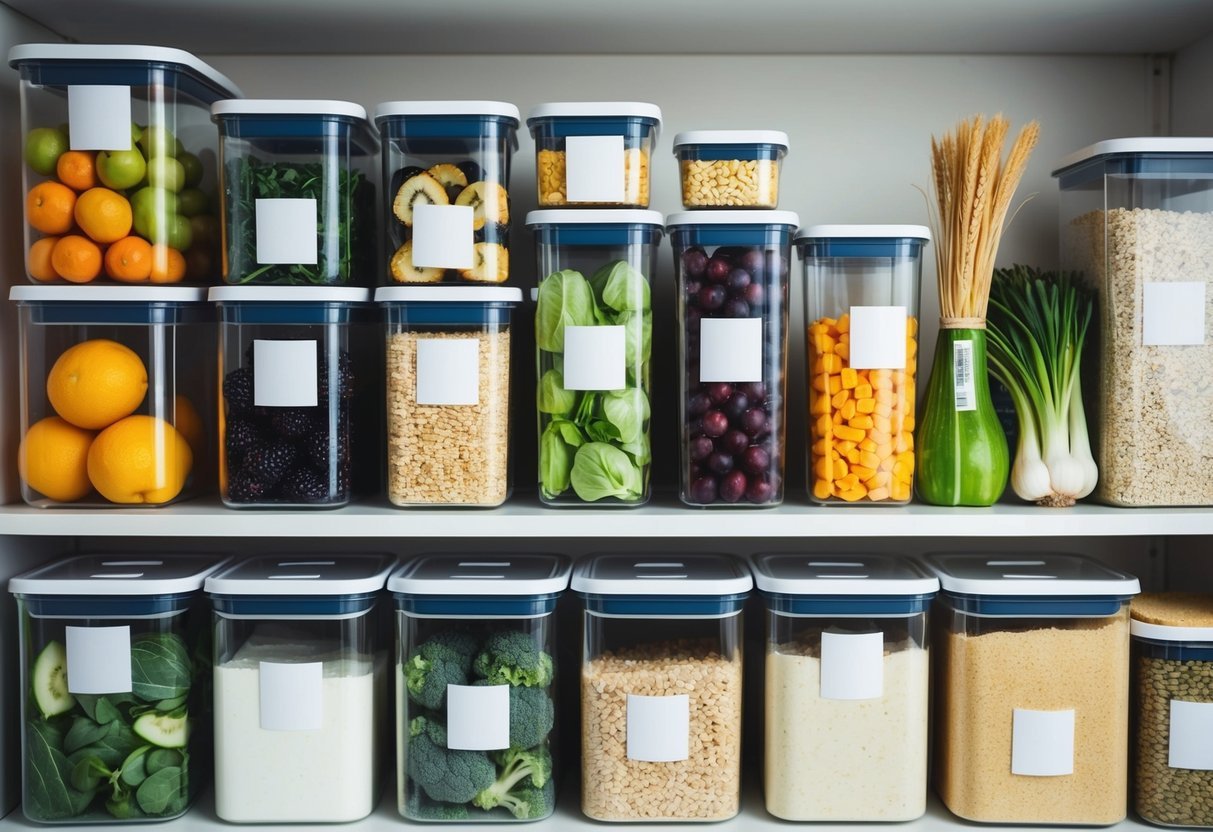
Airtight containers are a game-changer for keeping our natural beauty products fresh and potent. We’ve found that these magical vessels can significantly extend the life of our organic goodies.
By sealing out air and moisture, these containers help preserve the delicate ingredients in our creams, serums, and powders. We love how they protect against oxidation, which can degrade active components.
For our dry goods like clay masks and herbal powders, airtight storage is a must. It prevents clumping and keeps those beneficial properties intact for longer.
We’ve noticed that glass jars with rubber seals work wonders for our homemade concoctions. They’re perfect for storing whipped body butters and facial oils.
When it comes to our botanical tinctures and essential oil blends, dark glass bottles with tight-fitting droppers are our go-to. They shield light-sensitive ingredients from harmful rays.
Remember to clean and dry containers thoroughly before refilling. This simple step helps prevent contamination and keeps our natural products in tip-top shape.
3) Avoid Direct Sunlight
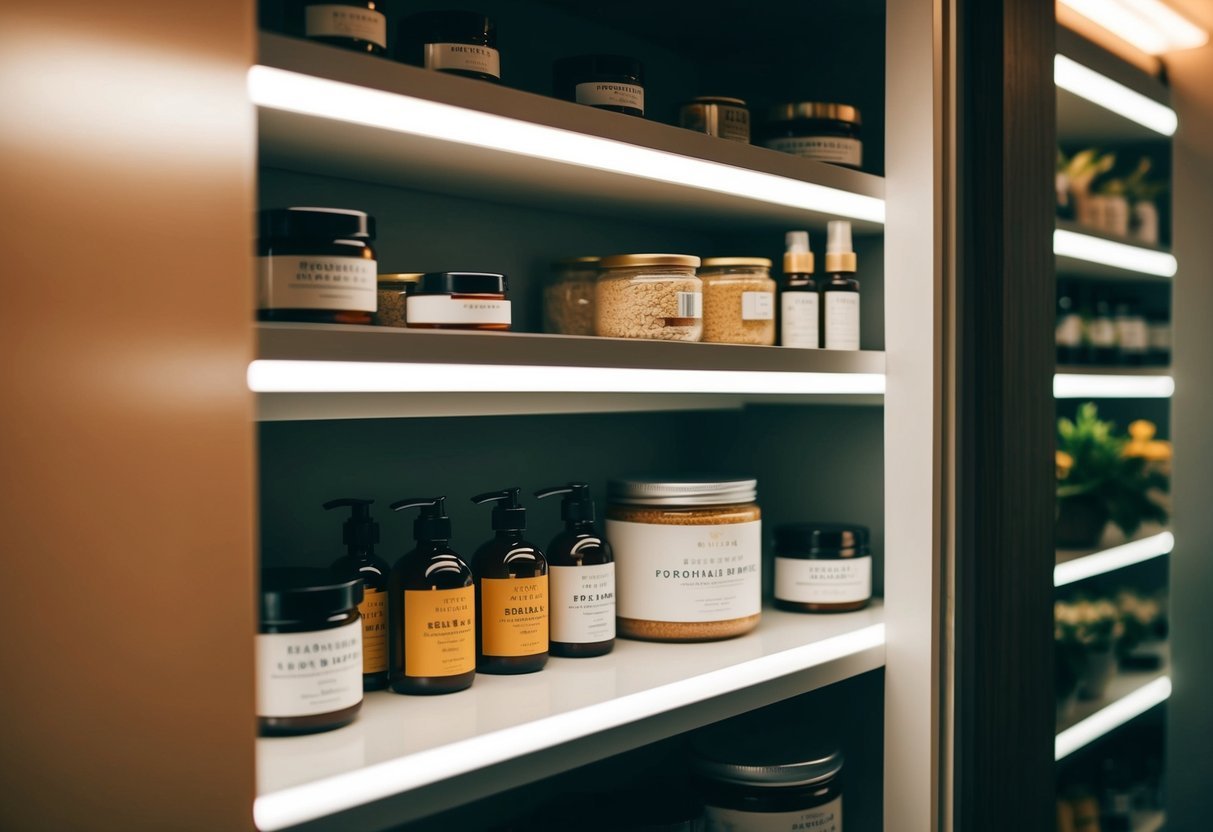
We all know sunlight can be harsh on our skin, but did you know it’s just as tough on natural products? Keeping your organic beauty items away from direct sunlight is crucial for maintaining their quality.
UV rays can break down the delicate compounds in pure essential oils and other natural ingredients. This degradation can alter their scent, color, and effectiveness over time.
To protect your eco-friendly beauty stash, we recommend storing products in a cool, dark place. A cabinet or drawer away from windows works perfectly. If you must keep items on display, opt for opaque containers that block out light.
For those of us who love our essential oil collections, dark glass bottles are a must. They shield the precious oils from damaging rays while preserving their potency.
When traveling with natural products, pack them in a cosmetic bag or wrap them in a dark cloth. This extra step helps safeguard them from unexpected sun exposure during your adventures.
4) Keep Away from Heat Sources
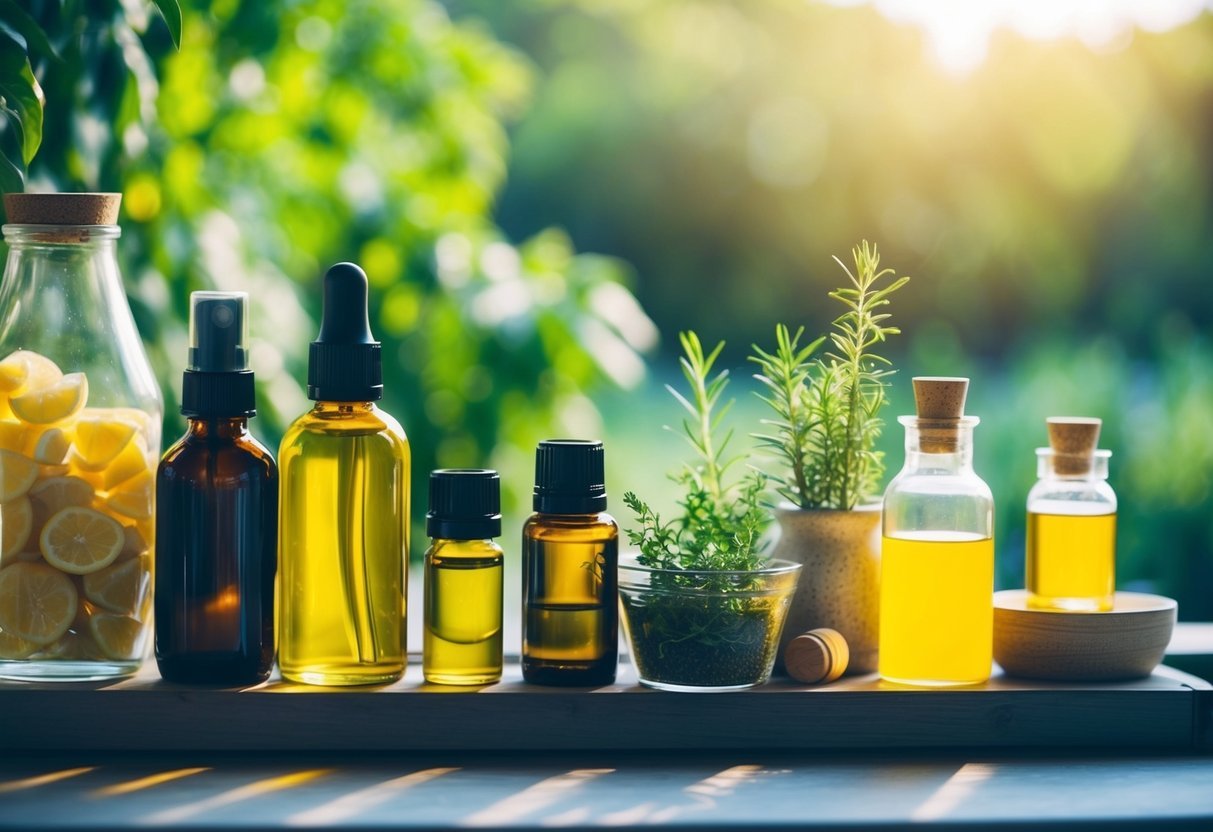
Heat is the enemy of natural beauty products. We’ve found that exposure to high temperatures can quickly degrade the quality of organic ingredients.
It’s best to store your items in a cool, dry place away from direct sunlight. A dark cabinet or drawer works well for most products.
Avoid keeping natural cosmetics in bathrooms or near windows. The heat and humidity can cause ingredients to break down faster.
We recommend finding a spot between 50-70°F (10-21°C) for optimal storage. A pantry or bedroom closet often provides ideal conditions.
Be mindful of heat sources like stoves, radiators, and electronics too. Even brief exposure to high temps can impact delicate formulas.
For extra sensitive items like essential oils, consider refrigeration. The cooler environment helps preserve their potency and aroma.
5) Check Expiration Dates
Expiration dates are crucial for natural beauty products. We recommend checking these dates regularly to ensure we’re using fresh, effective items.
Many pure and organic cosmetics have shorter shelf lives due to their lack of synthetic preservatives. It’s wise to jot down when we first open a product, as this often starts the countdown.
Reading labels carefully helps us understand different date formats. “Best before” and “use by” dates have distinct meanings we should know.
We can extend shelf life by storing items properly. Cool, dark places work well for most natural skincare goodies.
Our senses are valuable tools too. If a product smells off or changes texture, it’s best to toss it, even if the date hasn’t passed.
6) Rotate Your Stock
We all love our natural beauty products, but it’s easy to forget about that face mask hiding in the back of the drawer. That’s why rotating our stock is crucial for keeping everything fresh.
When we get new items, we place them behind older ones. This way, we use up products before they expire. It’s a simple trick, but it makes a big difference.
We like to do a quick inventory check every few months. It’s a great chance to rediscover forgotten gems and ensure nothing goes to waste.
For products we use daily, like cleansers or moisturizers, rotation happens naturally. But for those special occasion items, we make an extra effort to bring them forward.
Sometimes we find products past their prime. Instead of tossing them, we get creative. Old body lotion makes a great hand cream, and that face oil works wonders on dry cuticles.
Understanding Natural Products
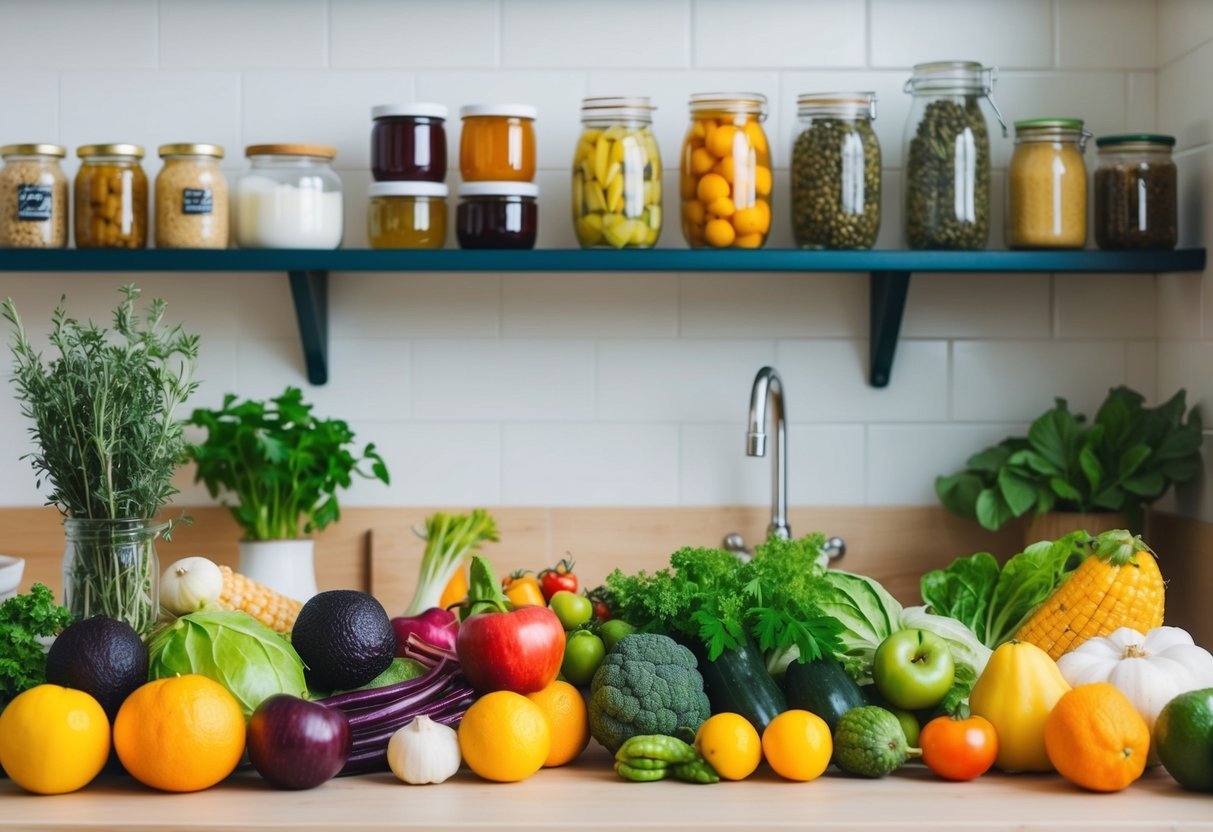
Natural products have gained popularity as consumers seek cleaner, more sustainable beauty options. These products utilize plant-based and mineral ingredients to create effective formulations without harsh chemicals.
What Makes a Product Natural?
Natural products are made primarily from ingredients found in nature. They avoid synthetic chemicals, artificial fragrances, and petroleum-derived components. Instead, they rely on botanical extracts, essential oils, and naturally-occurring minerals.
We consider a product “natural” when it contains at least 95% natural ingredients. The remaining 5% may include safe synthetic preservatives to ensure stability and shelf life. Natural products often boast organic, non-GMO, and cruelty-free certifications.
Many natural brands prioritize sustainability in their packaging and manufacturing processes. They may use recycled materials, offer refillable options, or employ eco-friendly production methods.
Common Ingredients in Natural Products
Natural beauty products feature a diverse array of plant-based ingredients. Here are some popular choices:
- Coconut oil: A versatile moisturizer for skin and hair
- Shea butter: Rich in vitamins and fatty acids for skin nourishment
- Aloe vera: Soothing and hydrating for all skin types
- Jojoba oil: Closely mimics skin’s natural sebum
- Essential oils: Provide natural fragrance and therapeutic benefits
Mineral-based ingredients like zinc oxide and titanium dioxide offer natural sun protection. Clay and charcoal serve as gentle yet effective cleansers and detoxifiers.
We also see honey, green tea extract, and rosehip oil frequently used for their antioxidant properties. These ingredients help fight free radicals and promote a youthful complexion.
Proper Storage Techniques
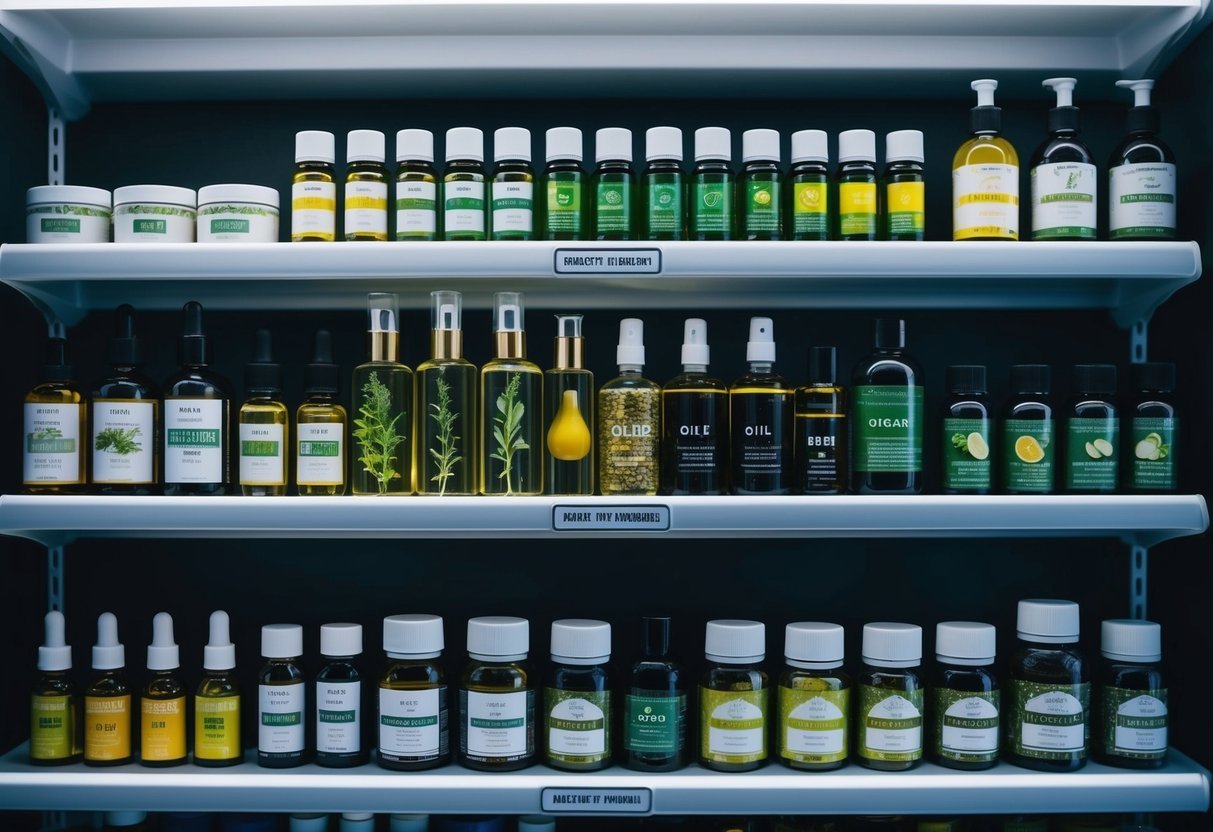
Storing natural beauty products correctly is key to maintaining their effectiveness and extending their lifespan. Let’s explore some essential techniques to keep our organic goodies fresh and potent. To achieve this, it’s important to keep these products in cool, dark places away from direct sunlight and heat sources, as exposure can degrade their beneficial properties. Additionally, using airtight containers can help prevent contamination and prolong shelf life. Implementing proper storage for vegan beauty products is essential for ensuring they retain their natural integrity and deliver the desired results for your skin.
Optimal Temperature and Humidity
We’ve found that keeping our natural products in a cool, dry place works wonders. Aim for temperatures between 40-70°F (4-21°C). Avoid storing items in the bathroom, as the humidity can encourage bacterial growth.
For extra-sensitive formulas, pop them in the fridge. This is great for eye creams and some serums. Just remember to label them clearly so you don’t mistake them for a snack!
Humidity control is crucial too. We use silica gel packets to absorb excess moisture in our storage areas. It’s a simple trick that makes a big difference.
Best Practices for Packaging
When it comes to packaging, we’re all about air-tight containers. They keep air and bacteria out, preserving the goodness inside.
Dark glass or opaque containers are our go-to for light-sensitive products. They protect against UV rays that can break down active ingredients.
We always clean the rim of jars before closing them. This prevents product buildup that can harbor bacteria. A quick wipe with a clean cloth does the trick.
For products in tubes, we squeeze from the bottom up. This ensures we use every last drop and prevents air pockets that can lead to contamination.
Frequently Asked Questions
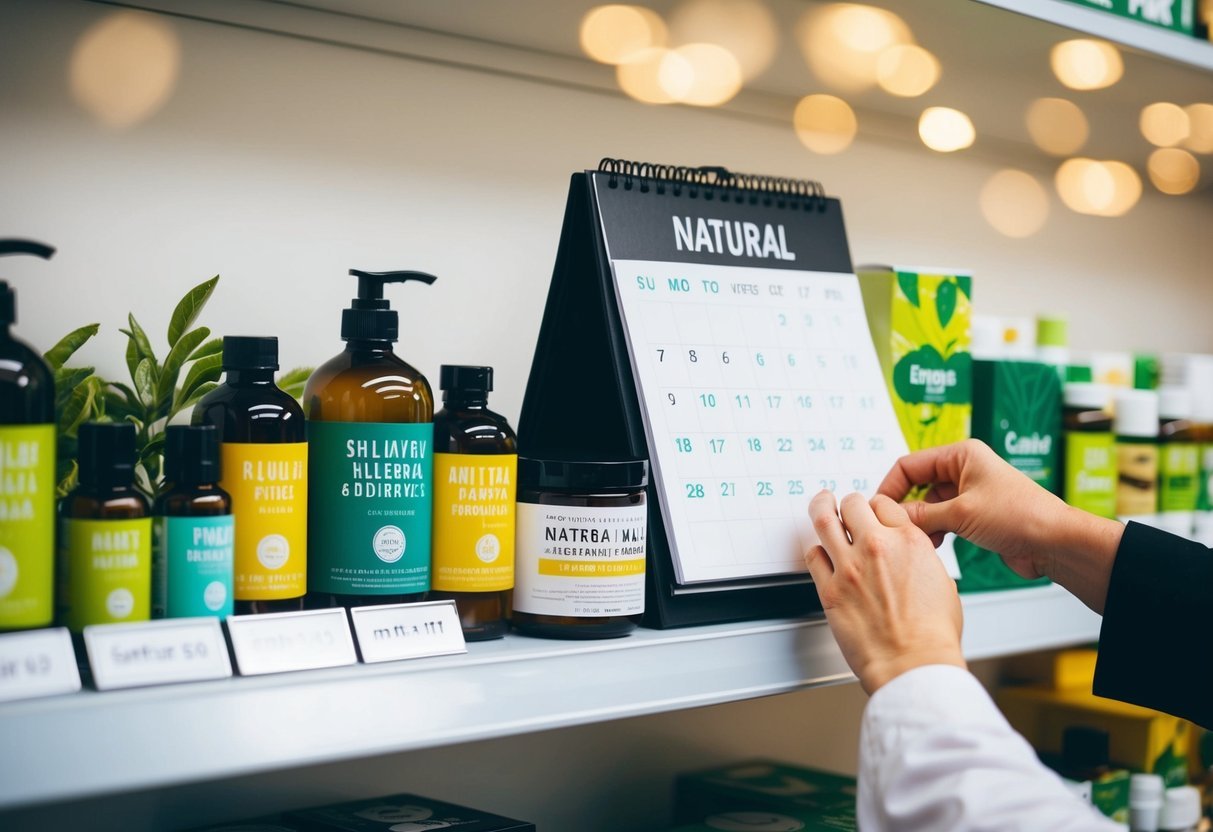
Natural preservation methods can extend the shelf life of organic products without artificial additives. Simple storage techniques and mindful handling practices go a long way in keeping foods fresh.
What are some natural ways to keep foods fresh for longer?
We love using vinegar as a natural preservative. A quick rinse of berries in diluted vinegar can prevent mold growth. Honey is another great option – its antibacterial properties help preserve fruits and other foods. Storing items in salt or sugar can also inhibit bacterial growth naturally.
Can you share methods to prevent food spoilage without using chemicals?
Fermentation is our go-to method for natural preservation. It creates beneficial bacteria that ward off harmful microbes. We also swear by dehydration – removing moisture prevents spoilage. Canning and vacuum sealing are other chemical-free ways to extend shelf life.
How can I prolong the life of fruits and veggies after purchase?
We always store our produce properly. Leafy greens stay crisp longest in airtight containers lined with paper towels.
Stone fruits and tomatoes do best at room temp. Apples release ethylene gas, so we keep them separate from other produce to prevent premature ripening.
In what ways can the shelf life of organic products be improved?
We find proper temperature control crucial for organic goods. Most do best in cool, dry places away from light. Using the right containers matters too – airtight glass or ceramic preserve freshness better than plastic. We also rotate stock regularly, using older items first.
What factors influence how long food stays fresh?
Temperature, humidity, light exposure, and air contact all impact shelf life. We pay attention to each product’s ideal storage conditions. Some items prefer room temp, while others need refrigeration. Ethylene-producing foods can speed ripening of nearby produce if not separated.
Got any tricks for storing veggies to make them last?
We wrap celery and broccoli stems in foil to keep them crisp longer. For lettuce, we add a paper towel to absorb excess moisture.
Asparagus stays fresh when stored upright in water, like flowers in a vase. And we never wash berries until right before eating to prevent mold.

